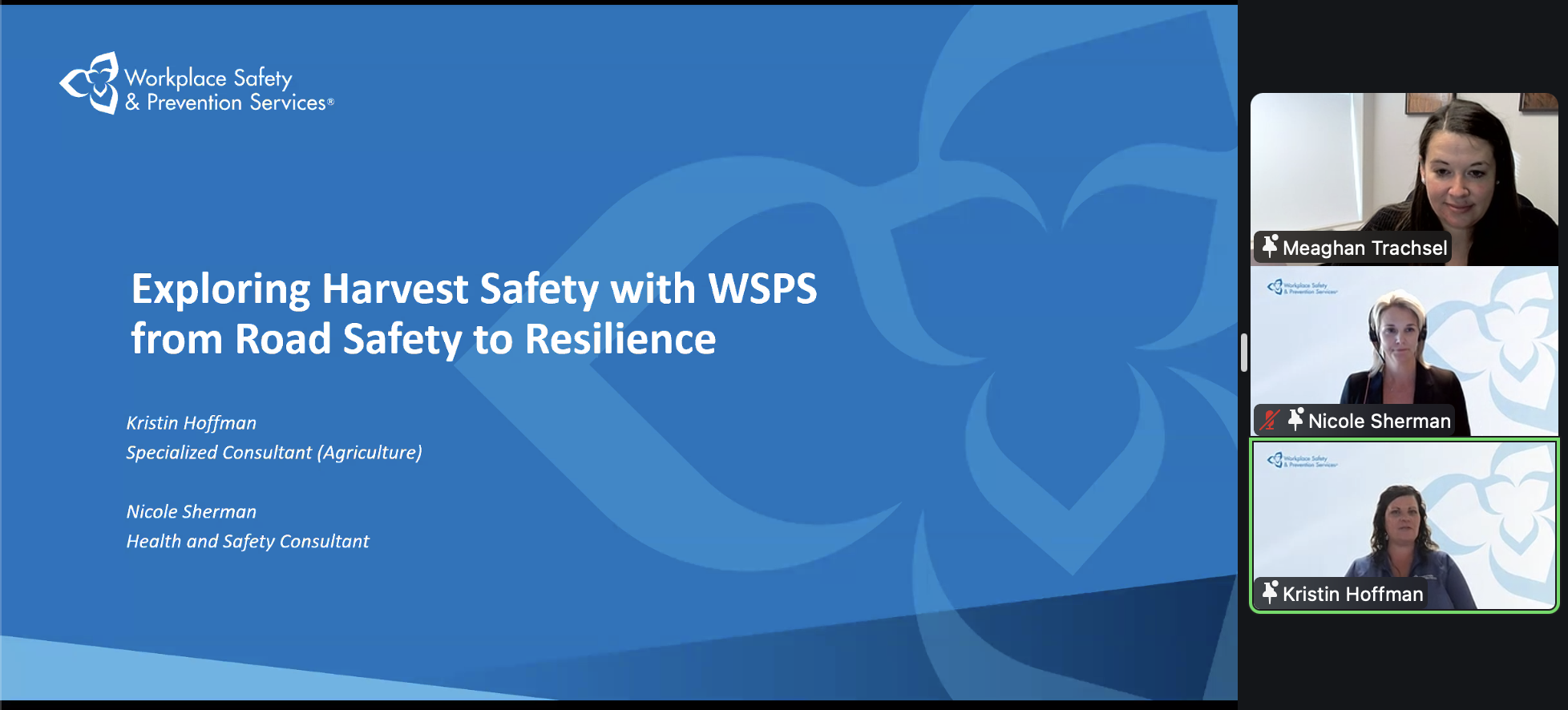Flood worries are sky-high in both Manitoba and Saskatchewan this spring, and weather analysts believe the wet conditions may last throughout the entire first half of 2011 and impact spring seeding operations.
Drew Lerner, president of World Weather Inc. in Kansas City, said even though Western Canada has been fairly dry for the last couple of weeks, more snow is still on the way this winter.
“There are still three systems on the way, which will provide us both with precipitation and cooler temperatures,” Lerner said. “From now, through the first half of March, we are looking at above-average snowfall in Western Canada.”
Read Also

Tips for staying safe this harvest season
Kristin Hoffman of WSPS explains measures for increased farm safety around harvest season
Lerner added that parts of North Dakota are also expected to see above-average snowfall, which could add to worries in the Red River Valley in southern Manitoba, as the Red River flows up from the U.S.
Temperatures on the Canadian Prairies have been average over the past couple of weeks, which has been good news as it has allowed some of the snow to melt at a fairly slow pace. However, Lerner said, that trend is not likely to continue.
“Temperatures in March will be cooler than normal. The problem, though, is that we are not likely to melt a lot of snow in March, and we may replenish the snow that does go away,” he said. “There could still be some significant snow on the ground when it heats up, which would not be good news.”
Aston Chipanshi, manager of the climate monitoring and forecasting unit with Agriculture and Agri-Food Canada in Regina, said the current conditions on the Prairies are very favourable for flooding and, at the very least, very wet soil conditions.
“The worry is that when the fall ended most of the soils were very saturated, and right now most of the key growing areas are sitting at average snow accumulations, and a number of places are above average,” Chipanshi said.
“Depending on how soon we get the spring melt, we could be in for something similar to what we have seen in the past.”
“It will be a challenging spring for seeding,” Lerner said. “The first weeks of spring will be drier than normal which will help, but it won’t be enough. There is so much moisture in the soil and snow on the ground that has to melt, that we will still have soggy conditions.”
Lerner said it is imperative that producers take advantage as soon as conditions are dry, as they may not last for very long.
“The problem is that the window for planting will narrow, because I expect a wet summer, especially in Saskatchewan, where we will see above average precipitation. I expect the precipitation to start in the middle of May and carry on through June and July,” he said. “We aren’t going to start off dry and stay dry or anything, we will go back into a wet weather mode. We can’t wait for optimum conditions, because they may not show up.”
Lerner said he would be very surprised if any field work could be done in the month of April.
It all depends on the weather, but based on current conditions, things are just right for a potential flood, Chipanshi said.












